

Online shoppers in the U.S. have grown accustomed to fast shipping, with many now viewing two-day delivery as a standard convenience and same-day delivery as an emerging expectation. Below we summarize the latest statistics (circa 2024–2025) on U.S. consumer expectations for two-day and same-day shipping speeds, highlighting differences between the two and citing recent surveys and industry reports.
U.S. consumers increasingly expect two-day delivery for online purchases. Several studies indicate that roughly 35%–45% of American shoppers now expect a two-day shipping timeframe as the norm:
Statista (2023): In a recent survey, 37% of U.S. consumers said they expect their online orders within two days, and an additional 23% expect overnight or next-day delivery.
In other words, about 60% of U.S. shoppers anticipate their orders arriving in two days or less. This shows how Amazon Prime’s two-day standard has reset consumer expectations in recent years.
National Retail Federation: Even a few years ago, nearly 4 in 10 online shoppers expected retailers to offer free two-day shipping as a basic option. This figure has likely grown as two-day delivery has become a competitive necessity for retailers.
Deloitte & Others: Various holiday and consumer studies have found that “fast shipping” is now commonly defined as roughly 2 days. For example, Deloitte noted that by 2024, 83% of U.S. shoppers define “fast” shipping as delivery within two days. This reinforces that two-day delivery is viewed as the baseline for speedy service by most consumers.
Notably, consumers still value cost savings: a 2024 McKinsey survey found 90% of U.S. consumers are willing to wait 2–3 days if it means avoiding shipping fees. In practice, this means shoppers expect the option of two-day delivery (especially free two-day) to be available, even if they won’t always pay extra for overnight shipping. Two-day shipping has essentially become the standard offering that shoppers look for when choosing where to buy online.
While same-day delivery was once a luxury, a growing segment of U.S. consumers now expect ultra-fast fulfillment for certain purchases. That said, the percentage of shoppers who demand same-day delivery is still relatively limited compared to two-day expectations:
McKinsey (2024): A McKinsey study reported that only about 1 in 20 online shoppers (≈5%) in the U.S. explicitly expect same-day delivery options when shopping online. This indicates same-day service is still not an across-the-board expectation for the average shopper in 2024, though this share is rising each year.
Statista (2023) via Roadie: Consumer tolerance for delivery speed is shortening. By early 2023, 41% of U.S. shoppers hoped to receive online orders within 24 hours, and a surprising 24% expected extremely rapid fulfillment (delivery within about 2 hours of ordering). This suggests that while only a small fraction demand same-day delivery as a standard, many consumers aspire to get their items the same day if possible. The “need for speed” is especially pronounced for certain product categories (like groceries or essentials) and in large urban markets.
Contemporary Surveys (2025): Recent industry polling shows enthusiasm for same-day service is high. In one 2025 report, 36% of U.S. online shoppers said they have opted for same-day delivery when it was available, and as many as 80% stated they want retailers to offer same-day shipping options. In fact, 61% said they desire even faster (1–3 hour) delivery for online orders. While “wanting” a service is not the same as expecting it every time, these numbers highlight a broad demand for same-day options. Consumers are increasingly coming to expect that retailers should at least offer same-day or instant delivery on some items, even if they don’t use it for every purchase.
Generational Differences: Expectations for same-day delivery skew higher among younger shoppers. Over half (51%) of online consumers aged 18–34 now expect same-day delivery service as an option. This younger cohort, raised in the Prime era and on gig-economy convenience, is pushing retailers to make same-day (or even same-hour) fulfillment a standard offering. Older consumers are generally less demanding about same-day speed, making the overall average expectation lower (in the single digits to low teens percentage-wise). But the generational shift suggests same-day expectation will continue to grow in coming years.
It’s important to note that reliability and cost still temper same-day expectations. Many consumers appreciate same-day delivery but won’t necessarily pay hefty fees for it. Surveys by the U.S. Postal Service and others found 81% of shoppers avoid same-day shipping if it’s too expensive. So, while demand for same-day is rising, consumers also expect it to be reasonably priced (or free for members), which is a challenge for retailers.
Study (Year) | Two-Day Delivery Expectation | Same-Day Delivery Expectation |
|---|---|---|
Statista – U.S. Consumer Survey (2023) | 37% expect delivery within 2 days | Not directly stated |
McKinsey Consumer Survey (2024) | – (focus on fast vs. cost) – | ~5% expect same-day delivery |
UPS/Shipsy “Last Mile” Survey (2024) | – | 51% of age 18–34 expect same-day |
Roadie Analysis (2023) | – | 8% wanted same-day in 2022; 24% expected ~2-hour delivery by 2023 |
Contimod E-commerce Report (2025) | – | 36% of U.S. shoppers have used/opted for same-day delivery |
Two-Day as the New Standard: Around 40% of U.S. consumers expect 2-day delivery on their online orders, and an even larger majority view two-day or faster as “fast shipping”. Thanks to services like Amazon Prime, two-day shipping (often free) has become a baseline expectation for retailers to remain competitive.
Same-Day on the Rise: Consumer expectation for same-day delivery is growing but still lags two-day. Only ~5–10% of U.S. shoppers nationwide explicitly expect same-day service as a default, yet demand is much higher in certain segments. Young adults and urban shoppers, in particular, are driving same-day expectations (with over half of Gen Z/Millennials expecting it). Overall, roughly one-third of U.S. online consumers have used same-day delivery recently, and many more say they want the option, signaling that expectations could catch up as availability grows.
Free/Fast Trade-off: Consumers prize speed but also cost-efficiency. Many will abandon a purchase if shipping is too slow or too expensive. Retailers report that nearly 68% of shoppers factor in the promise of a short delivery window (fast shipping) when deciding on a purchase, yet 88% prioritize free shipping over speed if forced to choose.
Thus, the expectation in 2025 is fast and free – two-day shipping is expected to be free, and same-day shipping should be low-cost or included with membership.
Competitive Pressure: These rising expectations are forcing retailers and delivery providers to adapt. Stores are investing in local fulfillment (micro-fulfillment centers, store pickups) to meet two-day and same-day demands. By 2025, over 51% of retailers offer same-day shipping in some form, and that number is growing. The “need for speed” in e-commerce fulfillment is a central theme in retail strategy, as meeting customer expectations for 2-day/same-day delivery can directly influence where consumers choose to shop.
In summary, U.S. consumers in 2025 overwhelmingly expect fast delivery when shopping online – with two-day shipping now considered a standard expectation, and same-day delivery transitioning from a nice-to-have perk to a service that a notable segment of shoppers actively look for. Retailers that can provide reliable two-day delivery (at no extra cost) and offer same-day options for those who need it are more likely to win favor with today’s convenience-driven consumers.

Based on the latest insights from the 2025 National Trade Estimate Report, here’s a practical breakdown of the most pressing trade challenges across the United States’ top 10 goods trading partners.

Learn the top 2 reasons for eCommerce cart abandonment—high shipping costs and slow delivery—and discover actionable strategies to reduce lost sales and boost conversions.
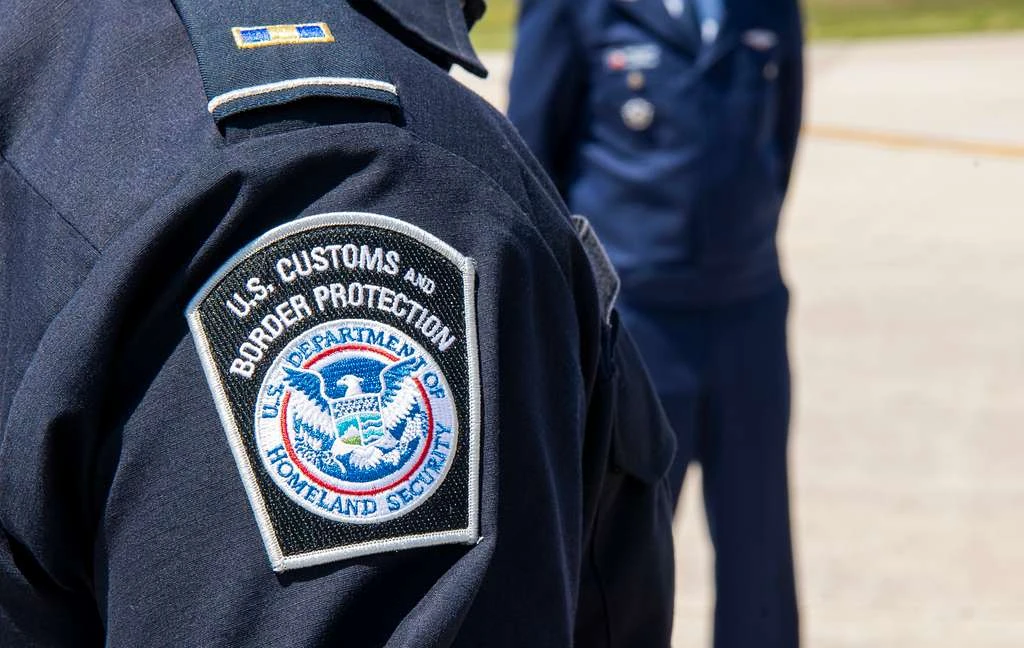
On April 24th, The US Department of Homeland Security and US Customs & Border Protection have released new guidance around the end of the US' de minimis exception. See the changes ahead for importers and customs professionals.
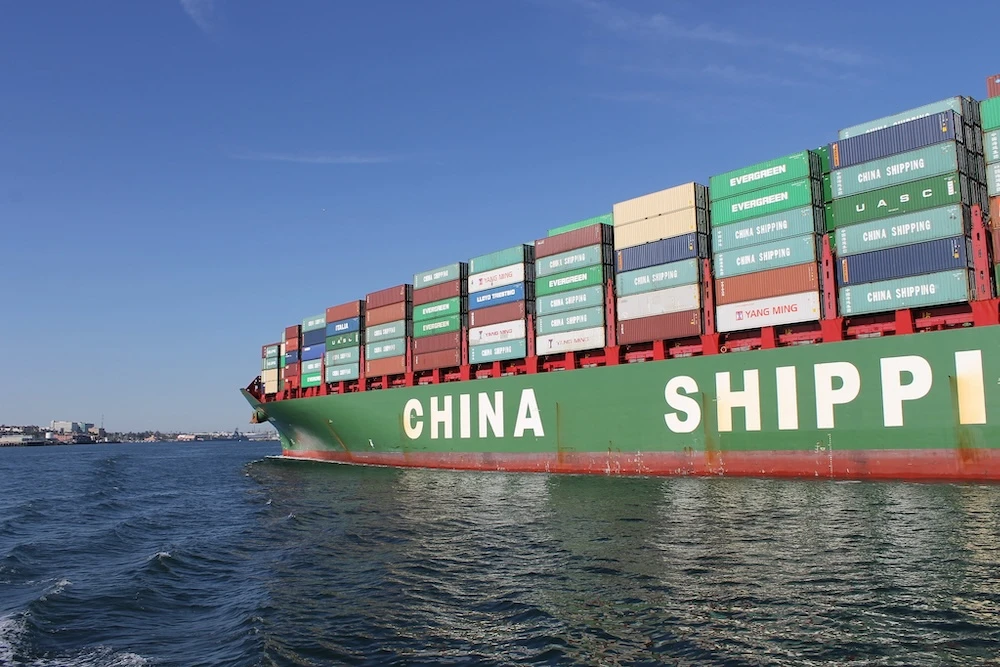
Explore the journey from ‘Buy Now’ to your home in our China-US Ocean Freight Shipping Guide. Discover the trade, environmental impact, and future of shipping.

It has been established: ATA Carnets make the import/export experience of non-commercial goods so much easier, however, the usage of this document, has its own complications and concerns. Many Carnet holders often show concern about when to use each part
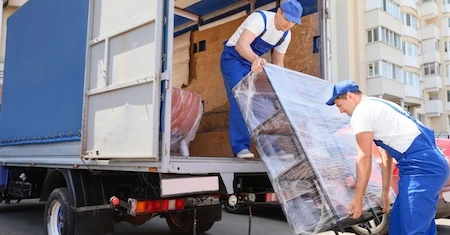
In the hospitality and hotel sectors, the success of a project often hinges on countless elements working together seamlessly. Among these, shipping Furniture, Fixtures, and Equipment (FF&E) plays an integral role, often influencing a project's timeline,

Discover the complexities of shipping freight to Alaska, and learn why partnering with Freight Right is essential for efficient deliveries.
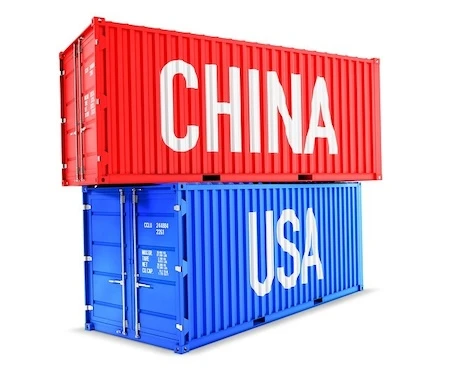
We examine how US-China trade tariffs have affected freight and logistics around the world.

Rates continue to skyrocket, containers are nowhere to be found, and consumer spending keeps on rising, leading some to ask not when it will end, but if.
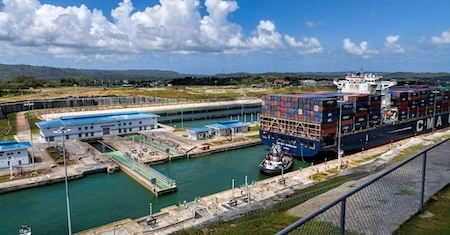
The Panama canal is experiencing lower water levels as a result of a drought exacerbated by El Nino. The results of this drought have implications for all sizes of shippers around the world but particularly for small to medium sized shippers that are in a